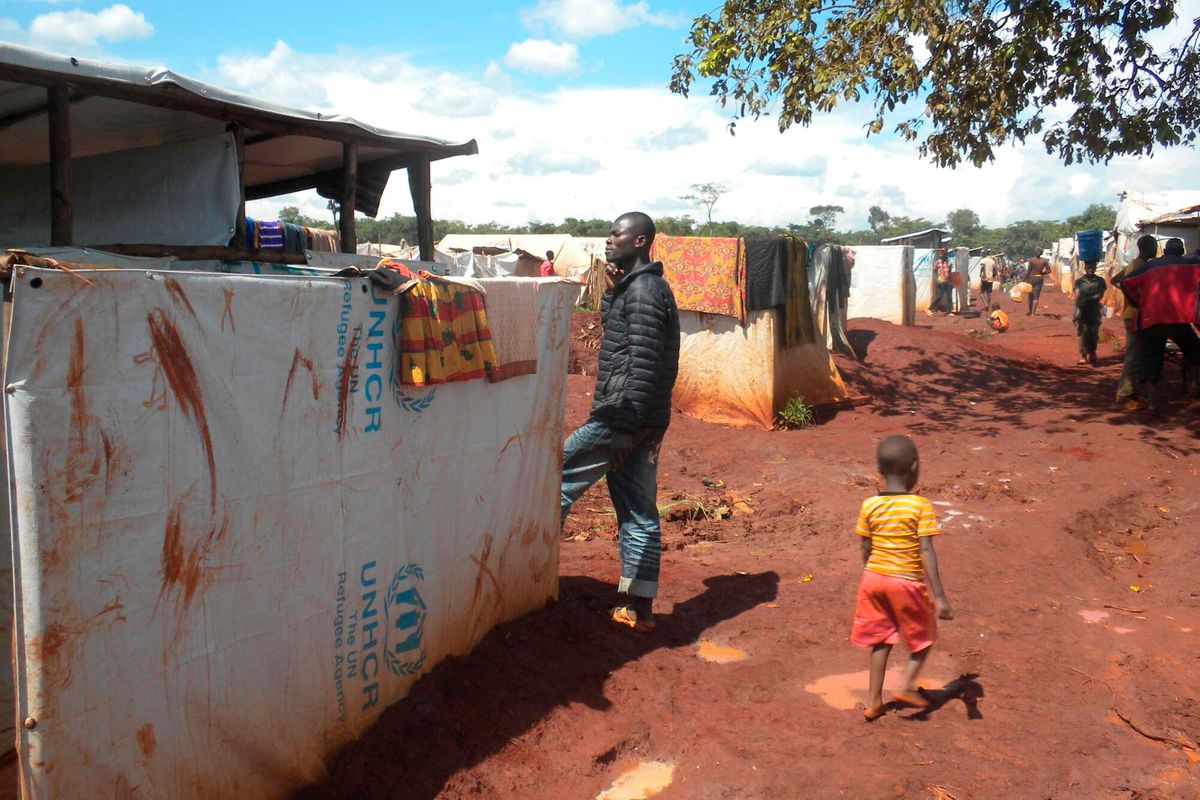
With a $8.8 million offer, the EU hopes to help Burundi refugees in Tanzania
Together with the European Union, the UNHCR, and other partners, Tanzania and Burundi have started a new €8 million ($8.8 million) project to help solve the refugee problem that both countries are facing.
The EU paid for the whole project, which began on October 1 at the Nyarugusu refugee camp in Tanzania’s western Kigoma region and will last until September 2027. Its goal is to make things better for refugees, asylum seekers, and people who choose to go back to Burundi.
The UNHCR says it wants to see long-term answers for the Burundian refugees who are spread out across the Great Lakes region by giving them better tools to stay strong.
Tanzania and UNHCR have been working together to help Burundians return home voluntarily since 2017. As of August 2018, government records showed that more than 177,000 had already done so.
However, between 100,000 and 150,000 Burundian refugees are still living in camps in Tanzania, which is the most of any country in the area.
The Democratic Republic of the Congo comes in second with just over 50,000. Rwanda and Uganda come in third and fourth with 49,264 and 41,198 people, respectively. Kenya has almost 10,000.
The UNHCR says that about 37,500 Burundian refugees and asylum seekers are in Mozambique, Malawi, Zambia, and South Africa as part of programs at the country level.
At the start of the new EU-funded program on Tuesday, Kigoma Regional Commissioner Thobias Andengenye said that the situation of Burundian refugees in Tanzania was “unique” and needed a “unique approach to deal with it.”
“There is no doubt that the current environment in Burundi is conducive enough to allow all refugees to go home, but we have observed that many are still very hesitant,” he said.
The UNHCR says that the program will focus on both refugees in the Nyarugusu and Nduta camps in the Kigoma region and people who have come back to Burundi.
It means making it easier for them to get important civil documents, getting them back into the local school system, helping them improve their vocational skills, making sure that certificates they get in Tanzania are recognized in their home country, and getting rid of other major obstacles that are stopping them from starting over in their home country.
Also, it will try to improve the legal security services in Burundi so that refugees who come back can get the most out of them.
Brigitte Mukanga-Eno, who works for UNHCR in Burundi, said that the EU cross-border project was a “timely and significant contribution,” but that it would still cost a lot to meet all the needs of refugees who want to return to their homes.
“To reach our goal, we will still need more money,” Ms. Mukanga-Eno said.
DRC refugees
The UNHCR’s monthly regional dashboard, which was last updated on September 17, also shows a big rise in asylum seekers from DR Congo since the beginning of 2023. Most of them are from the armed-occupied Masisi and Rutshuru regions in North Kivu province.
People who are not part of either of these groups are going from Goma to Tanzania via Bukavu and Uvira. “Fear of being targeted by armed combatants, being forced to join the military as a young man, and generalized violence, including sexual violence,” the bulletin says.
All Categories
Recent Posts
Tags
+13162306000
zoneyetu@yahoo.com



